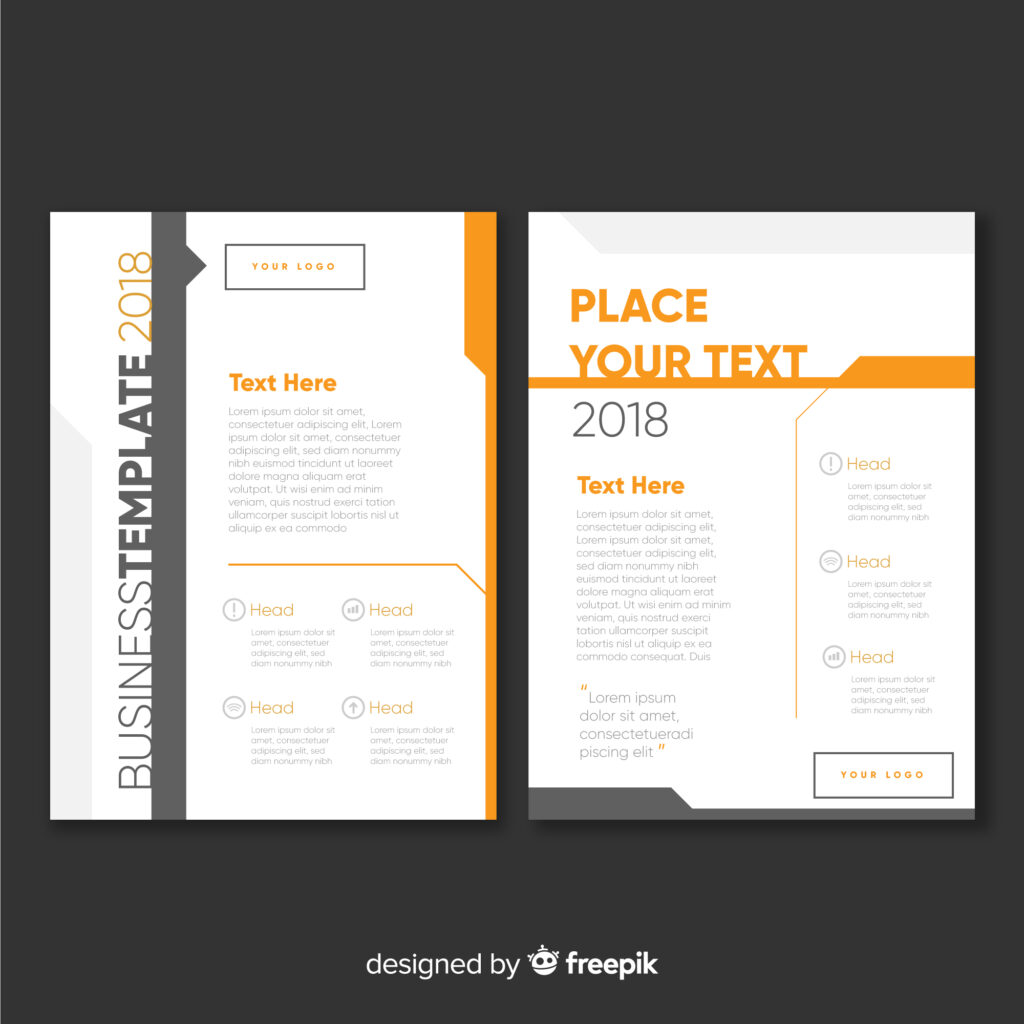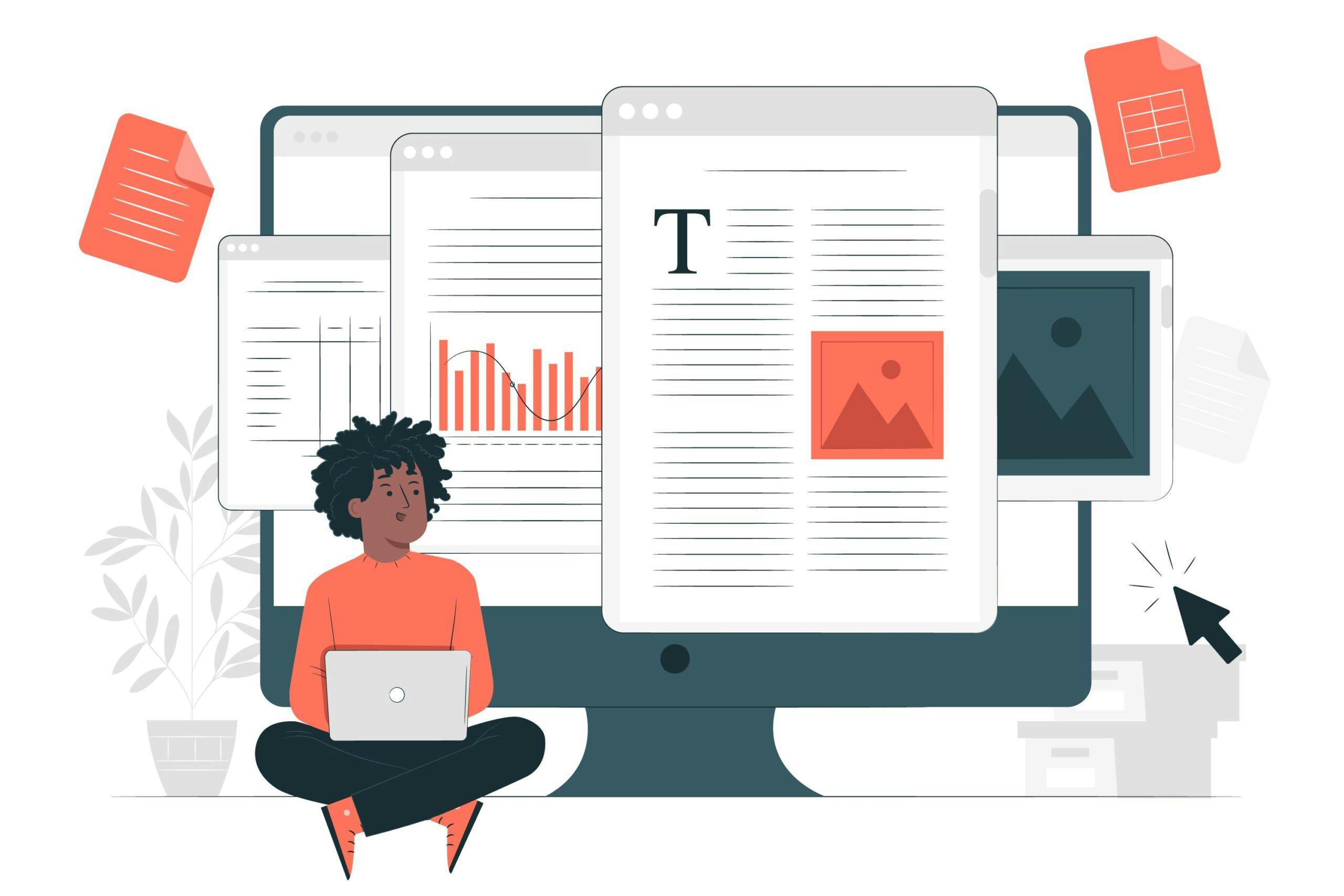The Portable Document Format, commonly known as PDF, has played a significant role in the digital world since its introduction back in 1993. This file format, launched by Adobe Systems 30 years ago, revolutionized how we share and store documents forever. Over the years, PDF has become an integral part of our daily lives, used for everything from e-books and official documents to digital forms. To celebrate the 30th anniversary of PDF, we have put together a summary that explores the fascinating history of PDF, from its humble beginnings to its current status as an open standard.

The early days of PDF
PDF originated in the early 1990s when Adobe Systems recognized the need for a universal file format to maintain document consistency and integrity across different computer platforms. No such format existed before the introduction of PDF. In 1991, Adobe’s co-founder, Dr. John Warnock, presented a white paper outlining the concept of a universal document format. This idea laid the foundation for PDF, and in 1993, Adobe introduced the first version of Adobe Acrobat software that allowed users to create and view PDF files. This was a game-changer, as it eliminated the inconsistencies in document formatting and made document sharing more accessible.
PDF as a closed format
Initially, PDF was a proprietary format controlled by Adobe. They held the exclusive rights to develop and enhance the PDF format. This led to widespread adoption of the format, but it also raised concerns about its long-term accessibility and compatibility. Many users were dependent on Adobe’s software, which was not open-source, and this limited the format’s potential for global adoption.
Bringing PDFs to the public
The turning point came in 2008 when Adobe released PDF as an open standard. This move aimed to promote PDF’s adoption as a global document-sharing and archiving format. Adobe handed over the rights and responsibility of maintaining and developing the PDF standard to the International Organization for Standardization (ISO). This transition to an open standard ensured that PDFs would remain accessible, transparent, and interoperable across different platforms and software.

PDFs rise to stardom
The open standard status raised PDF into even more tremendous popularity. PDF files became universally recognized, and various software solutions for creating, viewing, and editing PDFs emerged. This versatility contributed to PDF’s adoption in multiple industries, including publishing, government, education, and business. PDFs were widely used for creating e-books, distributing official documents, and even online forms.
Continuous Development
Over the years, PDF has been constantly developed further since becoming an open standard. ISO has continued to develop and improve the format. Different versions of PDF have been introduced, each with unique features and capabilities. For example, PDF/A focuses on long-term archiving, while PDF/X is tailored for the printing industry. PDF/UA aims to enhance accessibility for people with disabilities, making it a standard promoting inclusion.

PDFs in the Digital Age
In the digital age, PDF remains one of the most trusted and widely used document formats. Its secure and consistent display across devices, robust features for document manipulation, and the ability to embed multimedia elements make it irreplaceable. Additionally, advancements in digital signatures and encryption have made PDFs suitable for secure document workflows and legal transactions.
The history of PDF is a story of innovation and adaptation. From its early days as a proprietary format to its transformation into an open standard, PDF has evolved to meet the changing needs of the digital world. Today, it stands as a symbol of document consistency and reliability, with a broad range of applications across numerous sectors. Its ability to bridge the gap between different platforms and maintain document integrity has cemented PDF’s place in the digital landscape, ensuring it will continue to play a pivotal role in our interconnected world.

